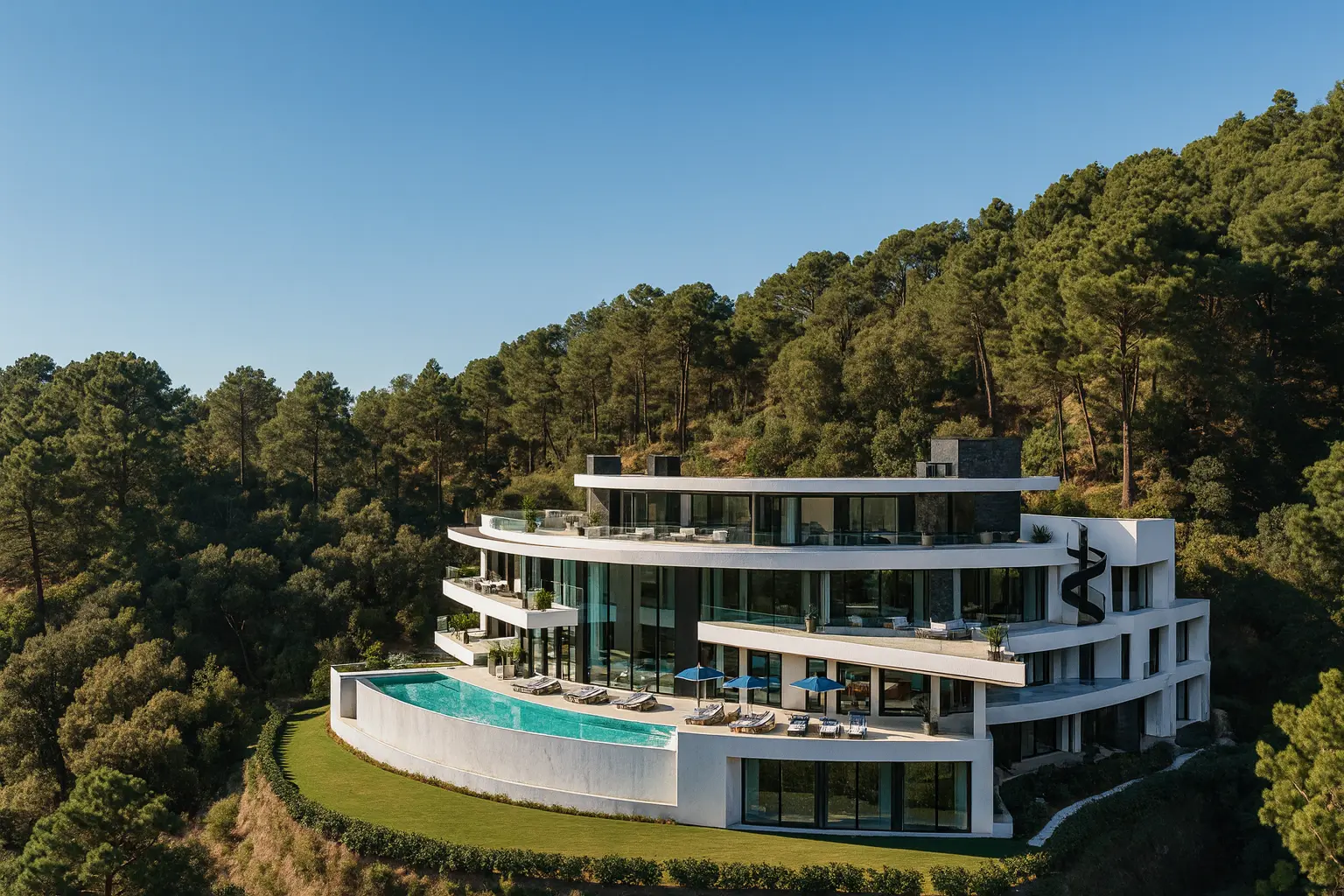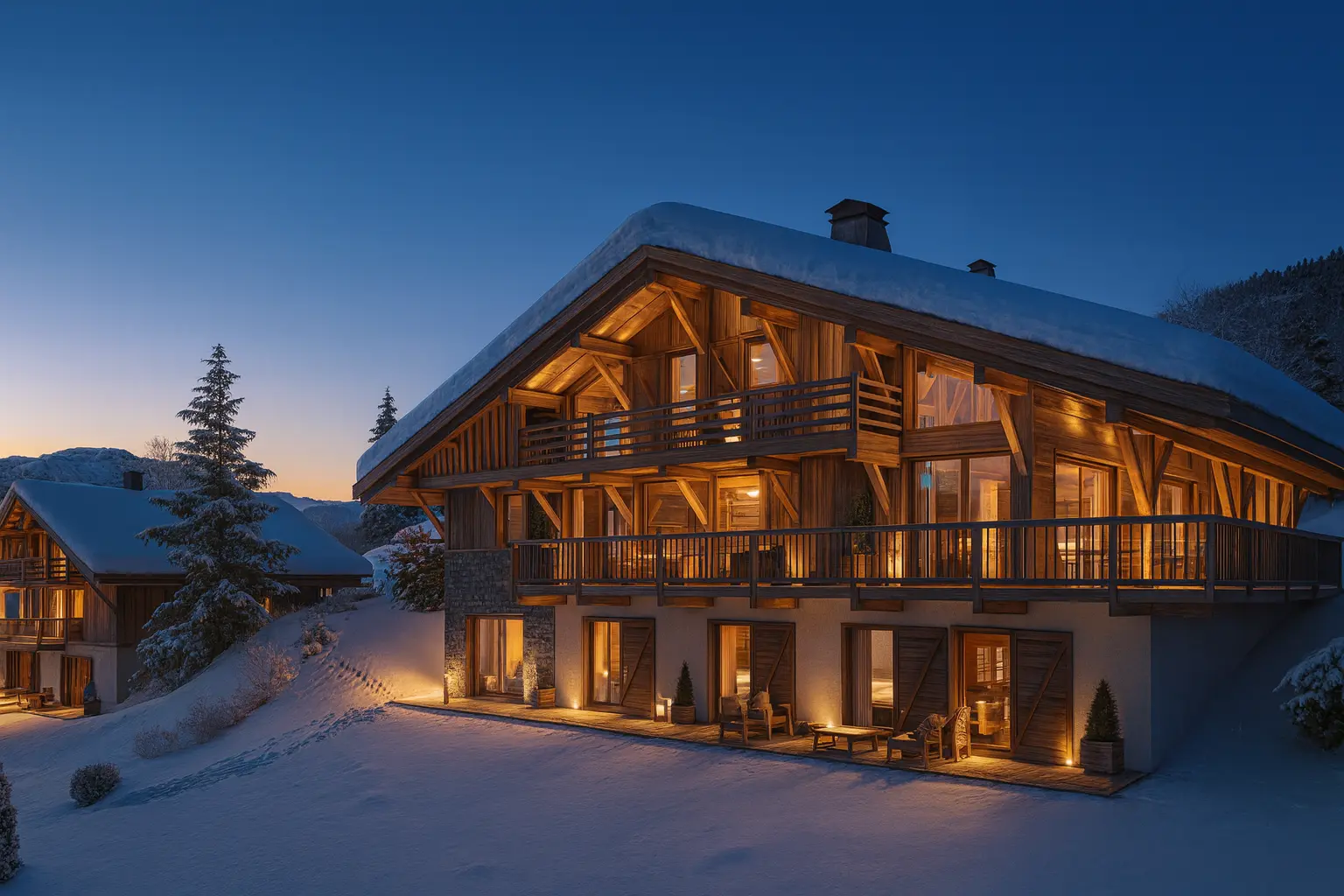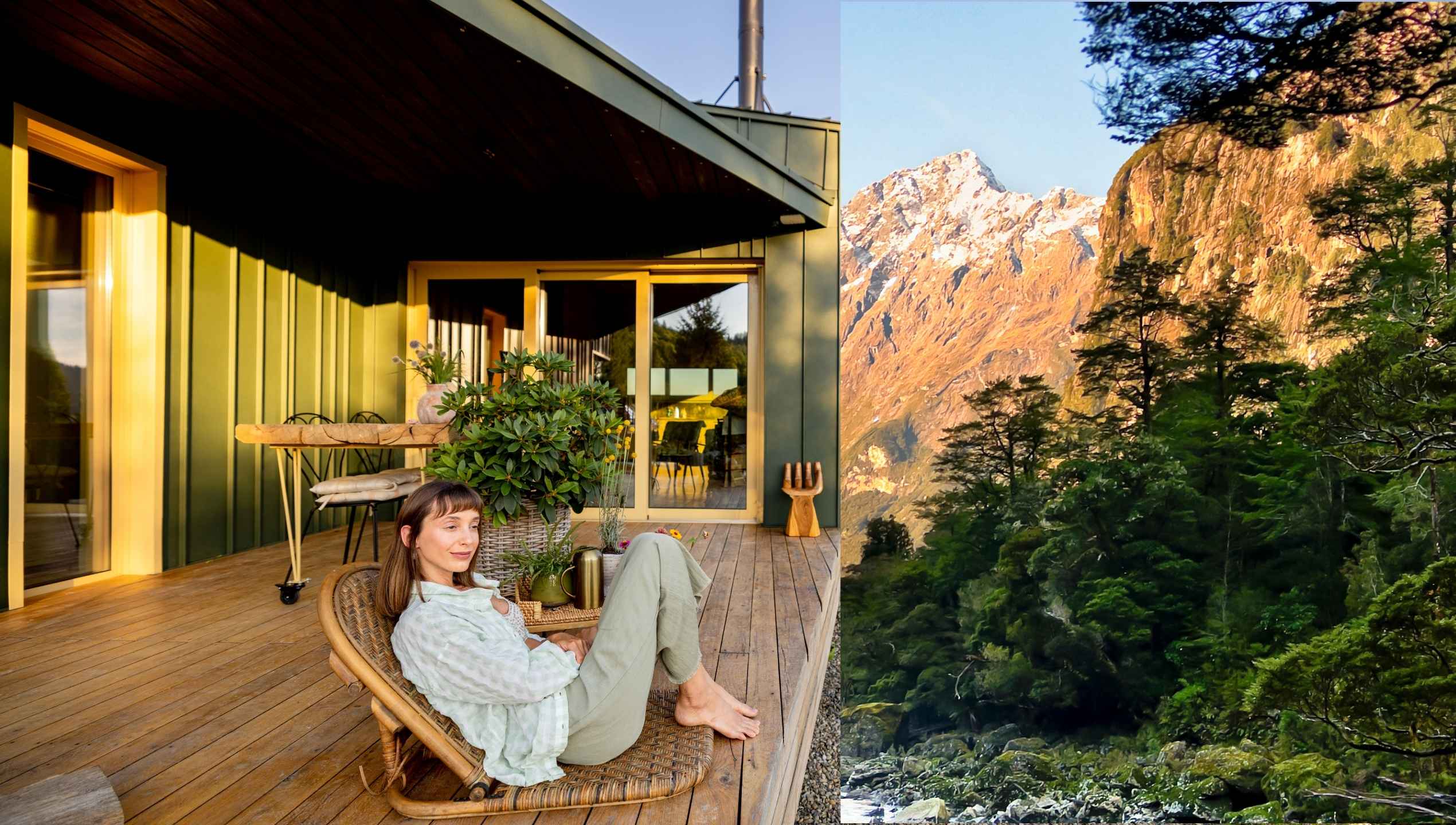Where Spain's Frightfully Expensive Properties Dare to Be today
One might reasonably assume that purchasing a modest pied-à-terre in Spain would be rather straightforward—perhaps a charming villa with a decent view and room for the Bentley. One would, naturally, be quite wrong.
According to the latest intelligence from property portal Idealista (a name that suggests rather more optimism than warranted), Spain’s most ruinously expensive address remains La Zagaleta, that palatial playground in Benahavís, Marbella area, where the average asking price now exceeds €12.3 million. One can only assume this includes the golf balls.
The Costa del Sol’s Continued Assault on One’s Bank Balance
La Zagaleta’s position atop this financial precipice comes as little surprise to those familiar with the Costa del Sol’s determination to rival Monaco in the “how-much-can-one-possibly-spend” stakes. The area continues to magnetise high-net-worth individuals who apparently find the combination of golf courses, private security, and blessed isolation from the masses worth more than a decent-sized country’s GDP.
However—and here’s where things become rather interesting—one suspects that even the ultra-wealthy might begin to see sense in fractional ownership arrangements. When one divides €12.3 million by eight co-owners, the prospect of a €1.54 million stake suddenly seems almost reasonable. Similarly, those pesky annual running costs—security, maintenance, staff wages, and keeping the golf greens appropriately emerald—become rather more digestible when split eight ways.
Barcelona’s Metropolitan Ambitions
Not to be outdone by southern Spain’s shameless extravagance, Avenida Supermaresme in Sant Andreu de Llavaneres has secured second place with average prices around €9 million. This puts it firmly in Barcelona’s metropolitan area, where one can enjoy both astronomical property prices and the privilege of commuting.
Under a fractional ownership scheme, eight parties might find themselves paying approximately €1.125 million each—still eye-wateringly expensive, but at least one could afford the petrol for weekend visits.
The Balearics: Islands of Financial Ruin
The Balearic Islands, those sun-soaked havens of tranquillity, contribute three addresses to this catalogue of fiscal terror. Two in Andratx and one in Palma command average values between €7 million and €8.9 million, proving that island life comes at a premium that would make a London estate agent blush.
Even here, fractional ownership makes mathematical sense: €7-8.9 million divided by eight equals €875,000 to €1.1 million per share—expensive, certainly, but hardly requiring one to sell the family silver.
Marbella’s Musical Streets and Gated Glory
Marbella, that international beacon of conspicuous consumption (to be fair the California climate does not involve jet-lag…), occupies fully half the ranking with four additional entries. Streets bearing the names of classical composers—Vivaldi, Albinoni, and Wagner—along with the rather grandly named Cascada de Camoján gated community, all demand between €6.8 million and €7.6 million on average.
One rather suspects the residents appreciate the irony of living on Wagner Street whilst spending Wagnerian sums on property. Under fractional arrangements, these musical addresses would cost between €850,000 and €950,000 per eighth-share—still requiring deep pockets, but perhaps not quite requiring one to mortgage one’s soul.

The Outer Reaches of Extravagance
Beyond the triumvirate of Marbella, Barcelona, and the Balearics, only a brave few regions dare enter this financial stratosphere. In the Canary Islands, Avenida de la Macaronesia in Adeje averages €6.4 million (or €800,000 per fractional share), whilst La Moraleja on Madrid’s outskirts reaches €5.4 million (€675,000 when properly divided among eight sensible parties).
A Glimpse of Sanity
By stark contrast, Spain’s more sensibly priced provinces offer a rather refreshing dose of reality. In Pamplona, the most expensive street averages just over €300,000—a sum that wouldn’t secure a decent parking space in La Zagaleta, but might buy one a perfectly respectable home where the neighbours don’t arrive by helicopter.
Perhaps fractional ownership represents not merely a financial convenience, but the future of ultra-prime real estate entirely. After all, how often does one actually need exclusive access to €12.3 million worth of property? Eight weeks per year in paradise, with professional management handling the tedious bits, begins to sound rather civilised indeed. Use of ultra prime Swiss or French chalets is known to be just over 2 weeks a year on average.
One can only imagine La Zagaleta’s estate agents hastily revising their sales pitches: “Why buy the entire castle when you can own the perfectly adequate tower?”

The next stage for Europe’s prime markets
So far, fractional ownership at this level of super-prime Spanish real estate has not begun in earnest. The model is already underway in the French Alps, where €5–8 million chalets are being divided into eight shares, each owner to enjoy their turn on the slopes without footing the whole bill.
It is, one suspects, only a matter of time before the same approach reaches Marbella, Mallorca and Barcelona. Property markets move more slowly than technology, but once fractional ownership gains traction in Europe’s ultra prime sectors, the shift will be difficult to stop.
Whether billionaires will really share a villa is another matter. The very wealthy are not always known for their gift of compromise, especially when deciding who gets the third week of July in Mallorca. Yet economics has a way of prevailing. Even those accustomed to full ownership may discover that one-eighth of a palace is, in the end, perfectly sufficient and then instead of ten properties you could have eighty….
Check Our Destinations
Ready to own that dream property?
Get in touch with our team to secure your share today.



